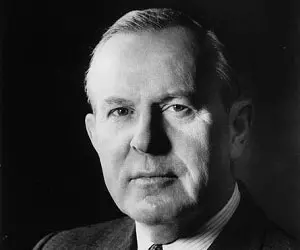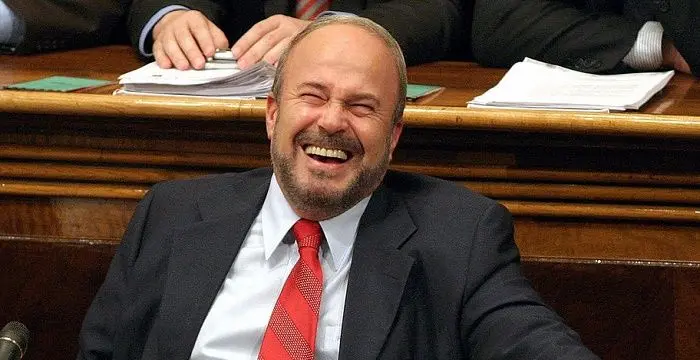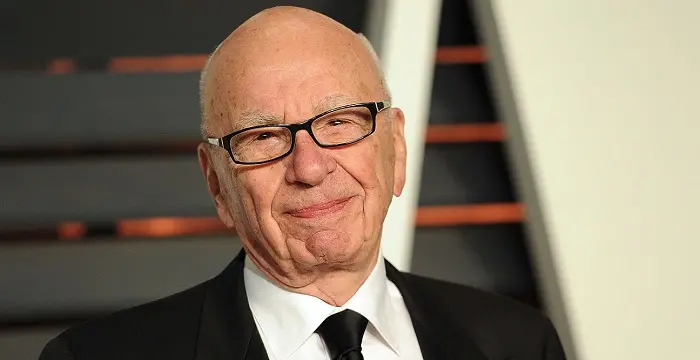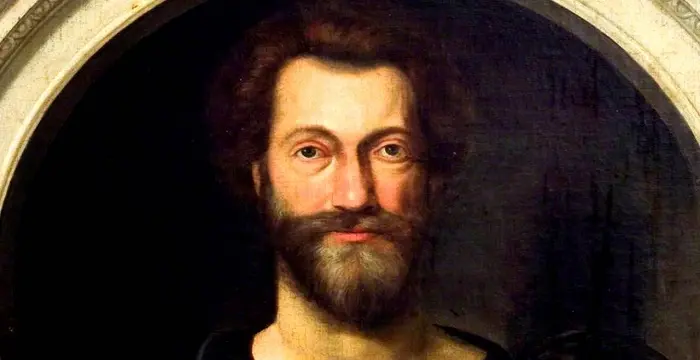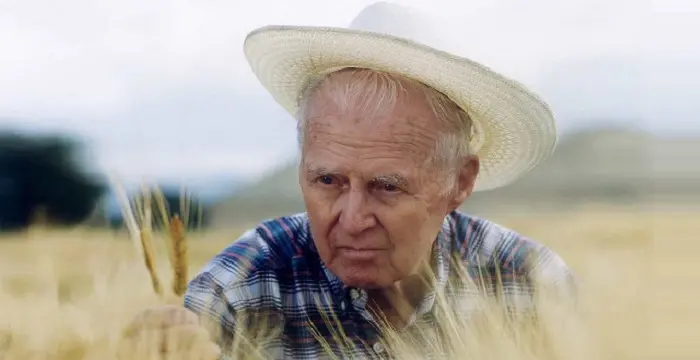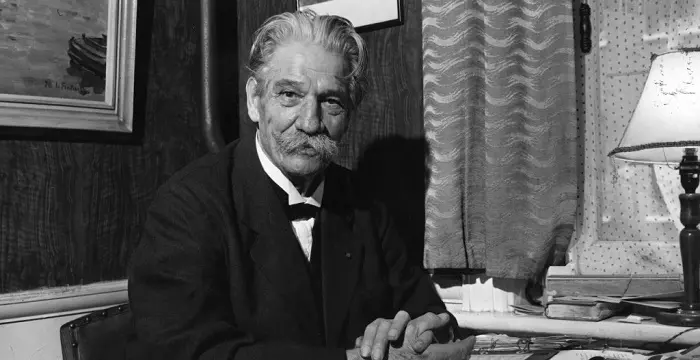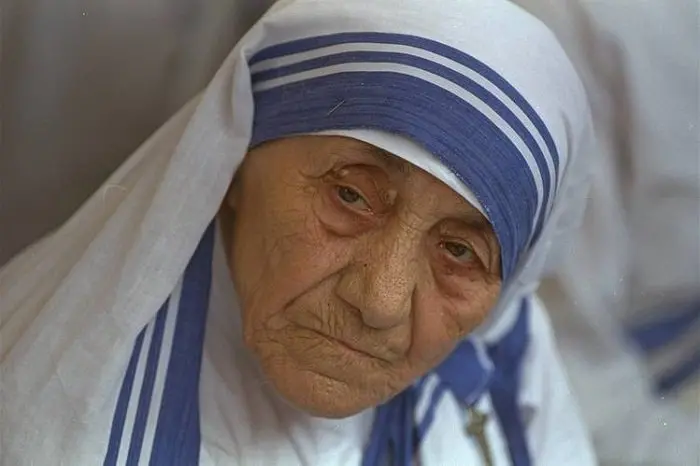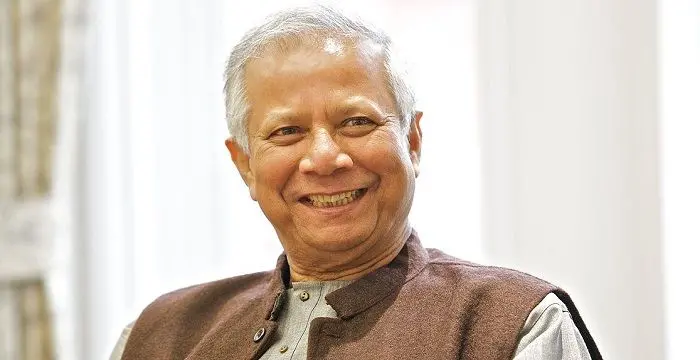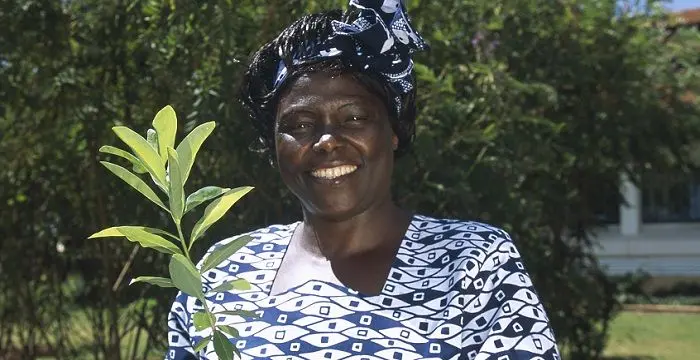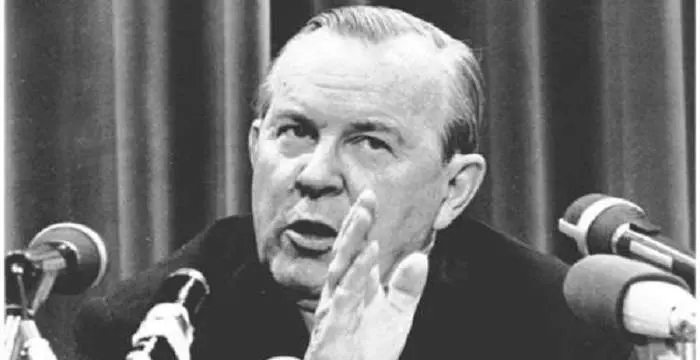
Lester B. Pearson - 14th Prime Minister of Canada, Facts and Life
Lester B. Pearson's Personal Details
Lester B
| Information | Detail |
|---|---|
| Birthday | April 23, 1897 |
| Died on | December 27, 1972 |
| Nationality | Canadian |
| Famous | Nobel Peace Prize, Columbia University, Harvard University, Oxford University, Princeton University, University Of Toronto, Leaders, Political Leaders, Prime Ministers, 14th Prime Minister of Canada |
| Nick names | Mike |
| Spouses | Maryon Pearson |
| Siblings | Marmaduke Pearson, Vaughan Whitier Pearson |
| Known as | Lester Bowles Pearson |
| Childrens | Geoffrey Pearson |
| Universities |
|
| Notable Alumnis |
|
| Birth Place | Newtonbrook, Toronto, Ontario |
| Religion | Methodist |
| Gender | Male |
| Father | Edwin Arthur Pearson |
| Mother | Annie Sarah |
| Sun Sign | Taurus |
| Born in | Newtonbrook, Toronto, Ontario |
| Famous as | 14th Prime Minister of Canada |
| Died at Age | 75 |
Lester B. Pearson's photo
Who is Lester B. Pearson?
Lester Bowles Pearson was the 14th Prime Minister of Canada. He was a multi faceted person -professor, historian, civil servant, statesman, diplomat, and politician. He volunteered for services during World War I but was discharged early owing to an accident. He headed two back-to-back Liberal minority governments. He won the Nobel Prize for Peace for organizing the United Nations Emergency Force to resolve the Suez Canal Crisis. He was a strong supporter of international agencies and helped establish NATO. During his time as Prime Minister, his government introduced universal health care, student loans, the Canada Pension Plan, the Order of Canada, and the new Flag of Canada. He also convened the Royal Commission on Bilingualism and Biculturalism, and he struggled to keep Canada out of the Vietnam War. His government passed Bill C-168, which virtually abolished capital punishment in Canada. He understood foreign policy well and never compromised his country’s interests. With regards to his Vietnam Policy and his dealing of French President de Gaulle’ speech, he was unequivocal and bold. During his turbulent and fairly brief years in office, his governments transformed Canada. For this reason he is considered one of the most influential Canadians of the 20th century.
// Famous Prime Ministers
Edi Rama
Edi Rama is the current Prime Minister of Albania. Check out this biography to know about his childhood, life, achievements, works & timeline.
Leo Varadkar
Cam Leo Varadkar is the current Taoiseach—the Prime Minister—of the Republic of Ireland. Check out this biography to know about his childhood, family life, achievements and other facts about his life.
Fatos Nano
Fatos Nano is an Albanian politician who served as Prime Minister of Albania for several times. Check out this biography to know about his childhood, life, achievements, works & timeline.
Childhood & Early Life
Pearson was born on 23 April 1897, in the town of Newtonbrook, Ontario, to Annie Sarah and Edwin Arthur Pearson, a Methodist minister. He was the brother of Vaughan Whitier Pearson and Marmaduke Pearson.
Pearson graduated from Hamilton Collegiate Institute in 1913 and entered Victoria College at the University of Toronto. He was elected to the Pi Gamma Mu for his outstanding scholastic performance in history and sociology.
He won a scholarship to study at St John's College, Oxford where he in excelled ice hockey, baseball and lacrosse. His ability to play baseball enabled him to play semipro with the Ontario Intercounty Baseball League.
Career
When World War I broke out in 1914, Pearson volunteered for service with the University of Toronto Hospital Unit, entered the Canadian Army Medical Corps and spent two years in Egypt and in Greece.
Transferred to the Royal Flying Corps, he survived a plane crash during his training maiden flight. In 1918, hit by a bus in London during a blackout, was discharged from service.
He received his B.A from the University of Toronto in 1919 and joined the Delta Upsilon Fraternity. He then spent a year working in Hamilton and Chicago, in the meat-packing industry.
With a Massey Foundation scholarship he studied in Oxford’ St John's College and completed his M.A. in 1925. He taught history at Toronto University, and coached the Varsity Blues Canadian football and ice hockey teams.
Topping the Canadian Foreign Service entry exam, he was assigned, from 1939 to 1942, as the second-in-command at Canada House, London where under High Commissioner Vincent Massey, he coordinated military supply and refugee problems.
He was posted to the Canadian Embassy in Washington. As the Canadian Ambassador to the U.S from 1945 to 1946, he played a significant part in establishing the United Nations and the NATO.
In 1948, Prime Minister Louis St. Laurent appointed him Secretary of State for External Affairs in the Liberal government. He won a seat in the Canadian House of Commons representing Algoma East, northern Ontario.
Pearson was elected leader of the Liberal Party at its leadership convention of 1958 after stepped down as party leader. Pearson's party was badly routed in the federal election which he had asked for.
Following the federal election of 1962, the Tories formed a minority government. Their indecision on accepting American nuclear warheads on Canadian BOMARC missiles and subsequent non-confidence motions on the issue, forced a national election.
The Liberals came up five seats short of a majority. With the support of the New Democratic Party, Pearson formed a minority government, and became the Prime Minister in 1963.
Pearson signed the Canada-United States Automotive Agreement in 1965 which benefitted Canadian workers and consumers by dint of lowered prices and increased production creating thousands of jobs and resulting in higher wages.
While in office, he declined U.S. requests to send Canadian combat troops into the Vietnam War. On a visit to the U.S, he called for cessation of American bombing of Vietnam, thereby offending President. Johnson
In 1967, he introduced a discrimination-free points-based system which encouraged immigration to Canada, a forerunner of the system still in place today and also oversaw Canada's centennial celebrations before retiring.
In 1967, the French President, Charles de Gaulle, visited Quebec and delivered his famous Vive le Québec libre!”. An enraged Pearson made it clear that he was no longer welcome in Canada.
He retired as Prime Minister in 1968.
Post-retirement, he chaired the Commission on International Development. From 1970 to 1972 he chaired the Board of Governors of the International Development Research Centre. He Lectured and eventually became the Chancellor of Carleton University.
Major Works
Despite heading a minority government he initiated major social programs, including universal health care, the Canada Pension Plan, and Canada Student Loans, a 40-hour work week, and a new minimum wage.
He set-up the Royal Commission on the Status of Women in 1967 and the Royal Commission on Bilingualism and Biculturalism. This helped in creating legal equality for women, and brought official bilingualism into being.
Awards & Achievements
In 1957, for his role in resolving the Suez Crisis, Pearson was awarded the Nobel Peace Prize. He created The United Nations Emergency Force, which is considered the father of the modern concept of peacekeeping.
He was appointed a Companion of the Order of Canada, and inducted into the Canadian Peace Hall of Fame in 2000 and he was the recipient of Honorary Degrees from 48 Universities.
Personal Life & Legacy
Pearson married Maryon Moody in 1925. She was a student in Toronto University where Pearson was teaching. They had two children, a daughter named Patricia, and a son named Geoffrey.
He died due to cancer on 27 December 1972 in Ottawa.
Trivia
An award instituted in this great Canadian Prime Minister’s honor is given to the National Hockey League's most outstanding player in the regular season.
This peace loving Canadian Prime Minister once said, “The grim fact is that we prepare for war like precocious giants, and for peace like retarded pygmies”.
// Famous Oxford University
Rupert Murdoch
Rupert Murdoch is a renowned Australian business magnate famous for his establishment, ‘News Corporation’ in the US. Read on for detailed information about his childhood, profile, career and timeline
John Donne
John Donne was a famous English poet, satirist, lawyer and priest of his time. Check out this biography to know about his childhood, family life, achievements and other facts related to his life.
Michael York
Michael York is a famous English actor who has enjoyed a busy and varied career in both, television and film. Explore this biography to learn more about his profile, childhood, life and timeline.
Lester B. Pearson's awards
| Year | Name | Award |
|---|---|---|
Other | ||
| 0 | 1957 - Nobel Peace Prize | |
Lester B. Pearson biography timelines
- // 23rd Apr 1897Pearson was born on 23 April 1897, in the town of Newtonbrook, Ontario, to Annie Sarah and Edwin Arthur Pearson, a Methodist minister. He was the brother of Vaughan Whitier Pearson and Marmaduke Pearson.
- // 1913Pearson graduated from Hamilton Collegiate Institute in 1913 and entered Victoria College at the University of Toronto. He was elected to the Pi Gamma Mu for his outstanding scholastic performance in history and sociology.
- // 1914When World War I broke out in 1914, Pearson volunteered for service with the University of Toronto Hospital Unit, entered the Canadian Army Medical Corps and spent two years in Egypt and in Greece.
- // 1918Transferred to the Royal Flying Corps, he survived a plane crash during his training maiden flight. In 1918, hit by a bus in London during a blackout, was discharged from service.
- // 1919He received his B.A from the University of Toronto in 1919 and joined the Delta Upsilon Fraternity. He then spent a year working in Hamilton and Chicago, in the meat-packing industry.
- // 1925With a Massey Foundation scholarship he studied in Oxford’ St John's College and completed his M.A. in 1925. He taught history at Toronto University, and coached the Varsity Blues Canadian football and ice hockey teams.
- // 1925Pearson married Maryon Moody in 1925. She was a student in Toronto University where Pearson was teaching. They had two children, a daughter named Patricia, and a son named Geoffrey.
- // 1939 To 1942Topping the Canadian Foreign Service entry exam, he was assigned, from 1939 to 1942, as the second-in-command at Canada House, London where under High Commissioner Vincent Massey, he coordinated military supply and refugee problems.
- // 1945 To 1946He was posted to the Canadian Embassy in Washington. As the Canadian Ambassador to the U.S from 1945 to 1946, he played a significant part in establishing the United Nations and the NATO.
- // 1948In 1948, Prime Minister Louis St. Laurent appointed him Secretary of State for External Affairs in the Liberal government. He won a seat in the Canadian House of Commons representing Algoma East, northern Ontario.
- // 1957In 1957, for his role in resolving the Suez Crisis, Pearson was awarded the Nobel Peace Prize. He created The United Nations Emergency Force, which is considered the father of the modern concept of peacekeeping.
- // 1958Pearson was elected leader of the Liberal Party at its leadership convention of 1958 after stepped down as party leader. Pearson's party was badly routed in the federal election which he had asked for.
- // 1962Following the federal election of 1962, the Tories formed a minority government. Their indecision on accepting American nuclear warheads on Canadian BOMARC missiles and subsequent non-confidence motions on the issue, forced a national election.
- // 1963The Liberals came up five seats short of a majority. With the support of the New Democratic Party, Pearson formed a minority government, and became the Prime Minister in 1963.
- // 1965Pearson signed the Canada-United States Automotive Agreement in 1965 which benefitted Canadian workers and consumers by dint of lowered prices and increased production creating thousands of jobs and resulting in higher wages.
- // 1967In 1967, he introduced a discrimination-free points-based system which encouraged immigration to Canada, a forerunner of the system still in place today and also oversaw Canada's centennial celebrations before retiring.
- // 1967In 1967, the French President, Charles de Gaulle, visited Quebec and delivered his famous Vive le Québec libre!”. An enraged Pearson made it clear that he was no longer welcome in Canada.
- // 1967He set-up the Royal Commission on the Status of Women in 1967 and the Royal Commission on Bilingualism and Biculturalism. This helped in creating legal equality for women, and brought official bilingualism into being.
- // 1968He retired as Prime Minister in 1968.
- // 1970 To 1972Post-retirement, he chaired the Commission on International Development. From 1970 to 1972 he chaired the Board of Governors of the International Development Research Centre. He Lectured and eventually became the Chancellor of Carleton University.
- // 27th Dec 1972He died due to cancer on 27 December 1972 in Ottawa.
// Famous Nobel Peace Prize
Emily Greene Balch
Emily Greene Balch was an American economist, sociologist and pacifist who won the 1946 Nobel Peace Prize. This biography of Emily Greene Balch provides detailed information about her childhood, life, achievements, works & timeline.
Norman Borlaug
Norman Borlaug was an American biologist known as the “Father of the Green Revolution”. This biography of Norman Borlaug provides detailed information about his childhood, life, achievements, works & timeline.
Albert Schweitzer
Albert Schweitzer was a German born French theologian, organist, philosopher, physician, and medical missionary. Check out this biography to know about his childhood, family life, and achievements.
Mother Teresa
All through her life, Mother Teresa served people selflessly. Read the biography and learn about Mother Teresa’s childhood, life and timeline.
Muhammad Yunus
Muhammad Yunus is the founder of the Grameen Bank in Bangladesh and the recipient of the 2006 Nobel Peace Prize. This biography of Muhammad Yunus provides detailed information about his childhood, life, achievements, works & timeline.
Wangari Maathai
Wangari Maathai was an environmentalist who won the prestigious Nobel Peace Prize Award. Go through this biography to explore details about her life, childhood, and timeline.
Lester B. Pearson's FAQ
What is Lester B. Pearson birthday?
Lester B. Pearson was born at 1897-04-23
When was Lester B. Pearson died?
Lester B. Pearson was died at 1972-12-27
Where was Lester B. Pearson died?
Lester B. Pearson was died in Ottawa, Ontario
Which age was Lester B. Pearson died?
Lester B. Pearson was died at age 75
Where is Lester B. Pearson's birth place?
Lester B. Pearson was born in Newtonbrook, Toronto, Ontario
What is Lester B. Pearson nationalities?
Lester B. Pearson's nationalities is Canadian
What is Lester B. Pearson nick names?
Lester B. Pearson's nickNames is Mike
Who is Lester B. Pearson spouses?
Lester B. Pearson's spouses is Maryon Pearson
Who is Lester B. Pearson siblings?
Lester B. Pearson's siblings is Marmaduke Pearson, Vaughan Whitier Pearson
Who is Lester B. Pearson childrens?
Lester B. Pearson's childrens is Geoffrey Pearson
What was Lester B. Pearson universities?
Lester B. Pearson studied at Columbia University,Harvard University,Oxford University,Princeton University,University Of Toronto, University of Toronto, St John's College, Oxford, University of Oxford, Victoria University in the University of Toronto, McGill University, Harvard University, Columbia University, Princeton University
What was Lester B. Pearson notable alumnis?
Lester B. Pearson's notable alumnis is Columbia University, Harvard University, Oxford University, Princeton University, University Of Toronto
What is Lester B. Pearson's religion?
Lester B. Pearson's religion is Methodist
Who is Lester B. Pearson's father?
Lester B. Pearson's father is Edwin Arthur Pearson
Who is Lester B. Pearson's mother?
Lester B. Pearson's mother is Annie Sarah
What is Lester B. Pearson's sun sign?
Lester B. Pearson is Taurus
How famous is Lester B. Pearson?
Lester B. Pearson is famouse as 14th Prime Minister of Canada
